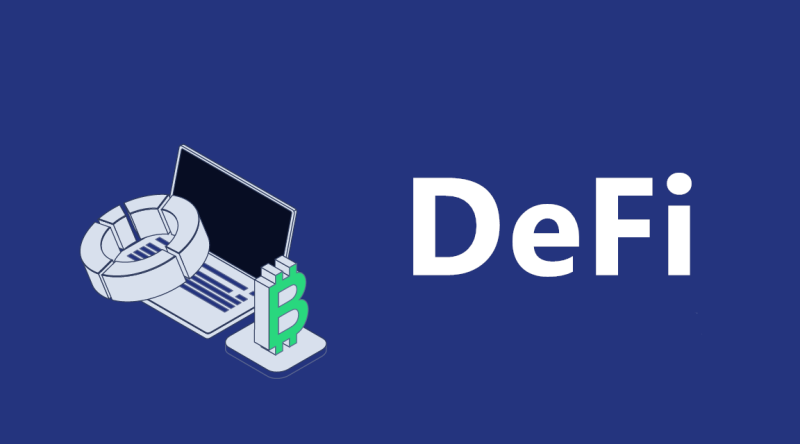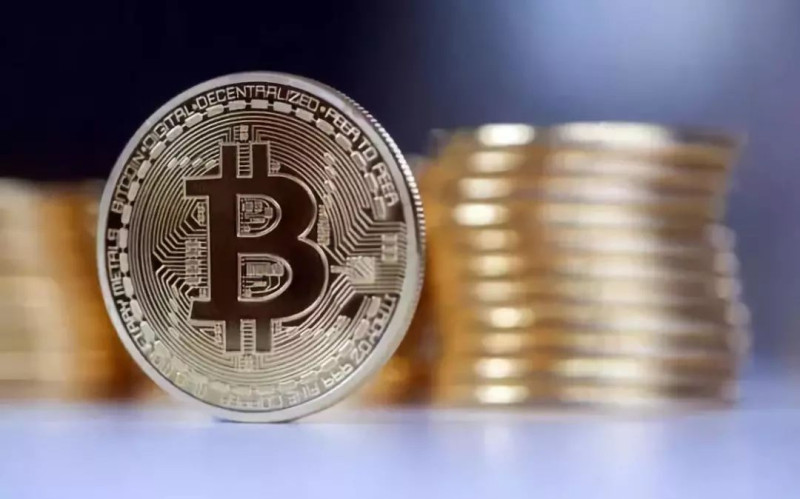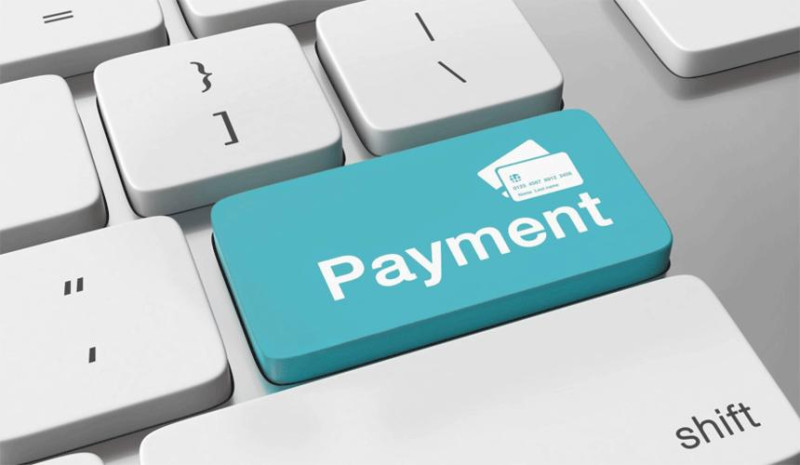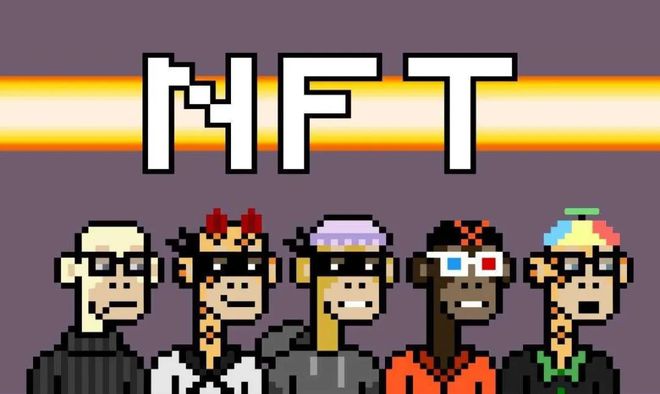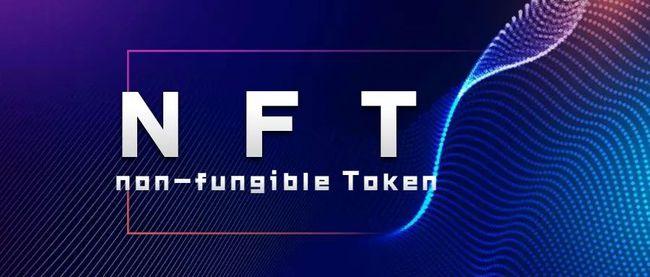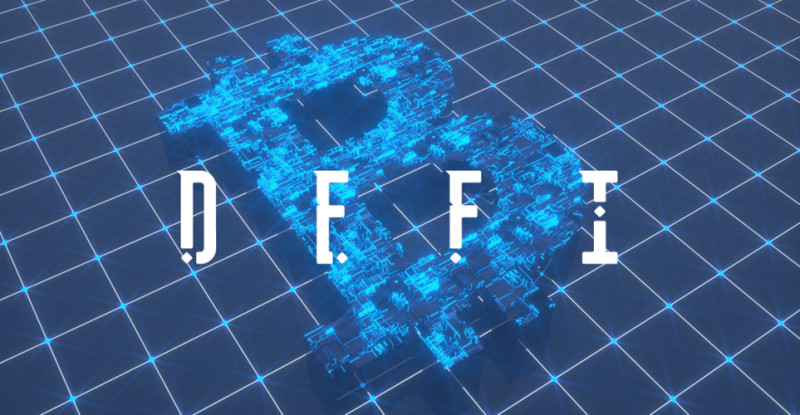Lidcoin: Analysis of the Advantages and Prospects of Blockchain Chain Games
Blockchain technology, as a decentralized distributed ledger technology, is gradually changing the way various industries operate. The game industry has also begun to gradually explore and apply blockchain technology, further promoting the rise of on-chain games. Blockchain on-chain games combine the advantages of games and blockchain, creating brand new opportunities and experiences for players and developers.
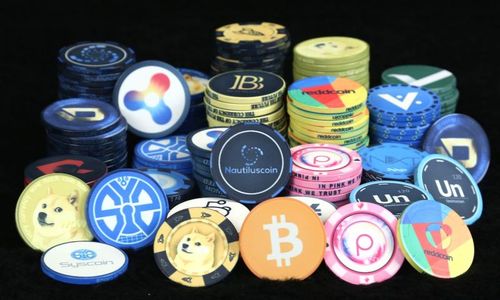
Advantage Analysis:
Decentralization and real user ownership: one of the core features of blockchain on-chain games is decentralization. Through blockchain technology, the ownership of assets and props in the game can be authentically attributed to players and managed and traded through smart contracts. This mechanism of real user ownership provides players with more freedom to explore and create, enhancing the sustainability and long-term engagement of the game.
As an example, CryptoKitties is an ethereum blockchain-based on-chain game that allows players to buy, breed and trade virtual cats. Each cat is unique and managed by a smart contract, ensuring the true ownership and scarcity of each cat. This decentralized ownership mechanism has attracted a large number of players and driven the development of on-chain games.
Transparent and verifiable game mechanism: Another key feature of blockchain technology is transparency and verifiability. Transactions and game mechanics on the blockchain are publicly accessible and verifiable, eliminating potential cheating and unfairness in traditional games. This transparency and verifiability increases the fairness and credibility of the game, providing players with a better gaming experience.
Incentive and economic model innovation: blockchain on-chain games provide players with more economic rewards and incentives through incentives and economic model innovation. Through in-game tokenization and economic systems, players can gain value-added and trading benefits from virtual assets, and even participate in the game's governance and decision-making process. This innovation in economic modeling stimulates players' motivation and participation and brings new momentum to the development of the game.
Prospect Analysis:
Blockchain chain games have a broad prospect and potential in the future. With the further development and popularization of blockchain technology, on-chain games will gradually become a mainstream trend in the game industry.
Increase in player participation: the advantages of blockchain on-chain games will attract more players to participate in them. Players can get real economic returns through the game
Release of developers' innovation and creativity: blockchain on-chain games provide more space for developers to innovate and create. The traditional game industry is limited by centralized publishers and platforms, and developers' creativity and innovation are often restricted. In blockchain on-chain games, on the other hand, developers are free to design game rules, economic models, and incentives to create unique and engaging game experiences. This decentralized development environment encourages more developers to participate and unleashes their creativity.
As an example, Decentraland, a decentralized application platform on Ether, allows users to create, own and trade virtual land and buildings. Developers can use this platform to freely build a variety of virtual worlds and games, realizing real ownership and economic transactions through smart contracts. This open creation environment brings developers greater freedom and room for creativity.
Cross-border cooperation and digital asset exchange: blockchain on-chain games facilitate cooperation and digital asset exchange between different games. As assets on the blockchain have uniqueness and real ownership, players can use and trade their digital assets across games. This mechanism of cross-border cooperation and asset exchange facilitates inter-game interaction and collaboration and enriches players' gaming experience.
Case Study:
Axie Infinity: Axie Infinity is an ethereum blockchain-based on-chain game that allows players to collect, farm, and trade virtual creature Axies. these Axies have real ownership and can be traded through smart contracts. axie Infinity attracts a large number of players through its incentives and economic model, creating a thriving virtual economic ecosystem.
The Sandbox: The Sandbox is a decentralized virtual world based on the ethereum blockchain where players can create, own and trade virtual assets. The platform provides developers with creation tools and a marketplace to encourage them to create unique gaming experiences. Players can purchase and trade virtual lands, props and characters, engage in social interactions and gameplay.
Conclusion:
Blockchain on-chain gaming has the advantages of decentralization, real user ownership, transparent and verifiable game mechanisms, incentives and economic model innovation, and has a broad prospect in the future. This new game model will attract more players to participate, release developers' creativity, and promote cross-border cooperation and digital asset exchange. With the continuous development of blockchain technology and the expansion of application scenarios, on-chain games are expected to become a mainstream trend in the gaming industry, bringing innovation and change to the industry.
Disclaimer: The copyright of this article belongs to the original author. Reposting this article is solely for the purpose of information dissemination and does not constitute any investment advice. If there is any infringement, please contact us immediately. We will make corrections or deletions as necessary. Thank you.

